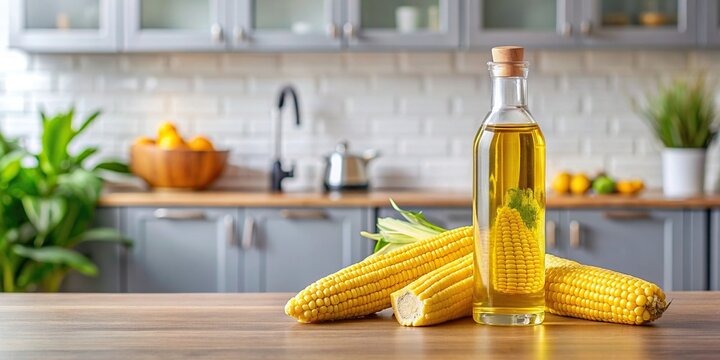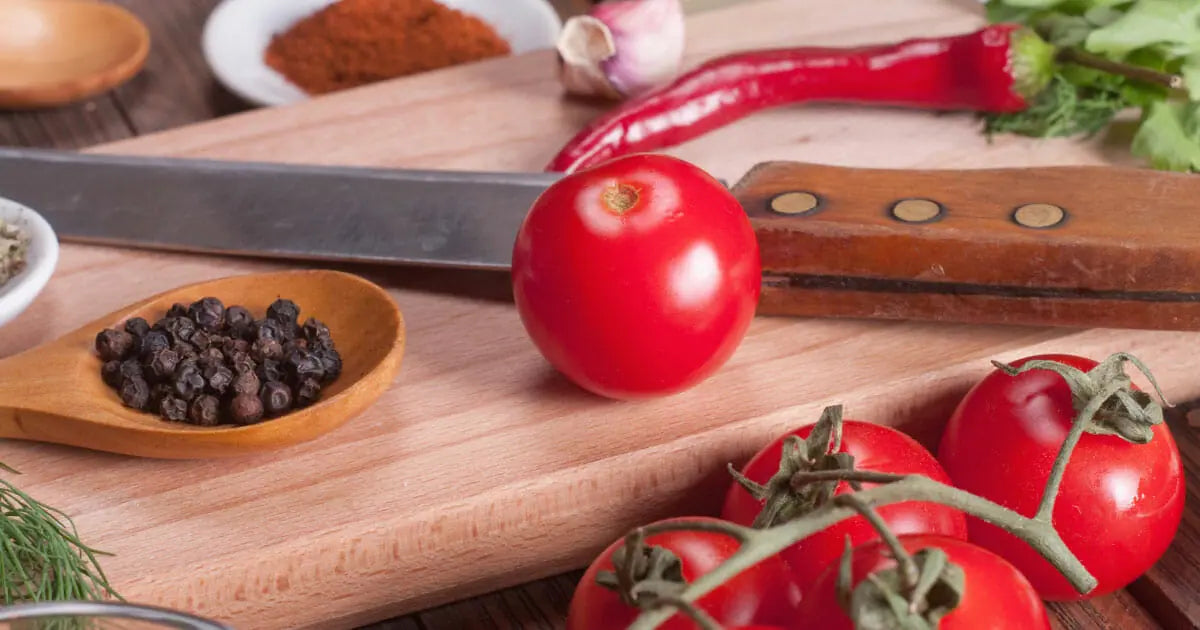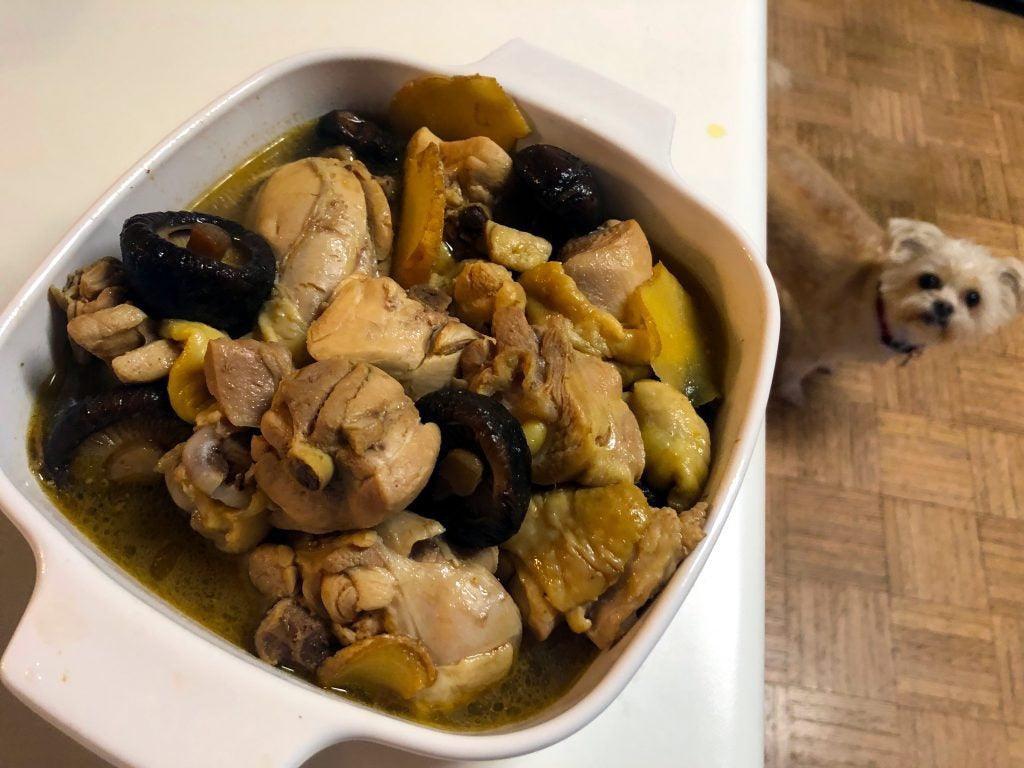Oil spills in the kitchen can be a real nuisance, making your cooking space slippery and hazardous. Ensuring a clean and safe kitchen environment is paramount, and knowing how to properly handle and clean up these spills can save you a lot of time and effort. In this article, we'll explore the best methods on how to clean up oil spills in the kitchen, providing you with practical tips and tricks to tackle this common issue.

Why it's Important to Clean Up Oil Spills Quickly
Oil spills not only create a mess, but they can also pose significant safety risks. A slippery floor can lead to accidental falls and injuries, and a greasy surface can become a breeding ground for bacteria. Quickly addressing and cleaning up oil spills can prevent such hazards, ensuring your kitchen remains a safe and hygienic space.
Immediate Steps to Take After an Oil Spill
When an oil spill happens in your kitchen, acting promptly can make the cleanup process much easier:
- Avoid spreading: Try to contain the spill and prevent it from spreading over a large area.
- Use disposable materials: Grab paper towels or disposable cloths to soak up as much oil as possible before it spreads.
These initial steps help contain the mess, making the subsequent cleaning phases more manageable.

Cleaning Tools and Materials You'll Need
Having the right tools and materials on hand can make a significant difference:
- Absorbent materials: Paper towels, old rags, or commercial oil absorbents.
- Baking soda or cornstarch: These can absorb the remaining oil.
- Soap and warm water: To break down the oil residue on surfaces.
- Vinegar or lemon juice: These natural cleaning agents help to degrease effectively.
- Non-abrasive scrubbers: To gently clean surfaces without causing scratches.
Step-by-Step Guide to Thoroughly Clean Up Oil Spills
Follow these steps for a thorough cleanup:
Step 1: Contain and Absorb the Spill
Once you've managed to contain the spill, use paper towels or old rags to absorb as much of the oil as possible. If dealing with a larger spill, use a commercial oil absorbent powder, following the product's instructions.
Step 2: Apply Baking Soda or Cornstarch
After soaking up the initial excess, sprinkle baking soda or cornstarch over the affected area. Let it sit for about 10-15 minutes to soak up the remaining oil. These household items work amazingly to draw out oils from surfaces.
Step 3: Use Soap and Warm Water
Mix a few drops of dish soap into a bowl of warm water. Using a sponge or non-abrasive scrubber, gently scrub the area. The soap will help break down the oil residue, lifting it from the surface.

Preventing Future Oil Spills in the Kitchen
Being proactive can help reduce the frequency of oil spills:
- Use proper containers: Always ensure that oil is stored in secure, non-spill containers.
- Be mindful during cooking: Pay extra attention when cooking with oil, and use splash guards to minimize spills.
- Regular maintenance: Regularly clean your kitchen surfaces to quickly deal with any minor spills before they become big messes.
FAQs on How to Clean Up Oil Spills in Kitchen
Q1: Can I use any type of cloth to clean up an oil spill?
A1: It's best to use disposable materials like paper towels first to avoid spreading the oil. Afterwards, you can use old rags that you don't mind getting greasy.
Q2: Is it safe to use harsh chemicals on kitchen surfaces?
A2: It's generally safer to use natural cleaning agents like baking soda, vinegar, and lemon juice. Harsh chemicals might damage surfaces or leave harmful residues.
Q3: How often should I clean my kitchen to prevent oil buildup?
A3: Regularly cleaning your kitchen after cooking, particularly after meals that involve oils, will help prevent buildup and make deep cleans easier.
Learn more about cleaning materials and check out our guide on maintaining kitchen hygiene
For a deeper understanding, don't miss our detailed post on kitchen cleaning tips
Read our expert advice on cleaning kitchen tiles for sparkling surfaces.
For more tips on maintaining a clean and safe kitchen, read our other article on kitchen hygiene best practices.
As an Amazon Associate, I earn from qualifying purchases.






Leave a comment
This site is protected by hCaptcha and the hCaptcha Privacy Policy and Terms of Service apply.